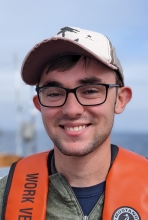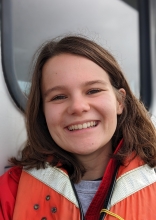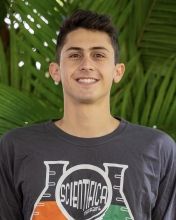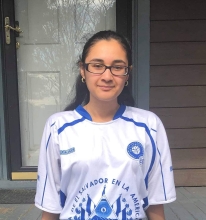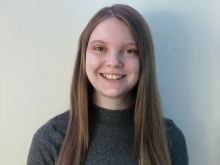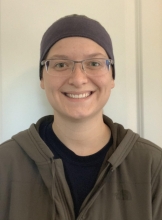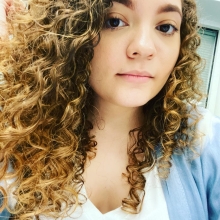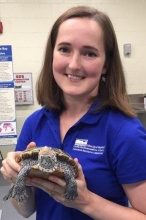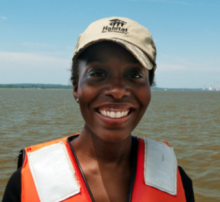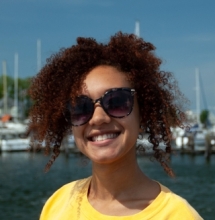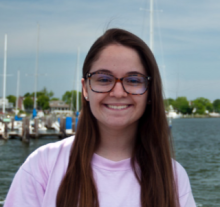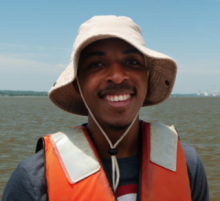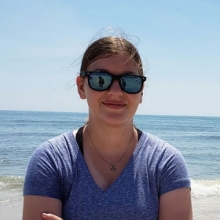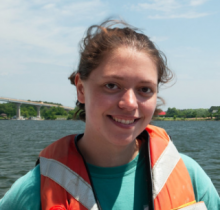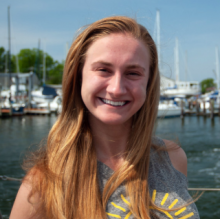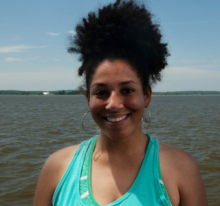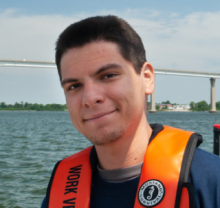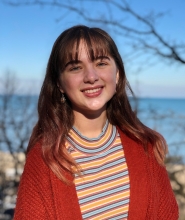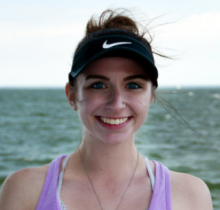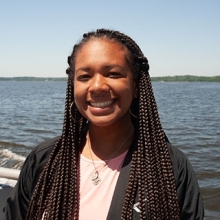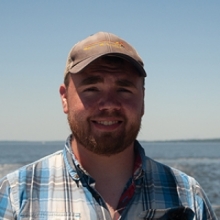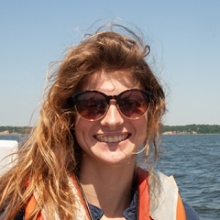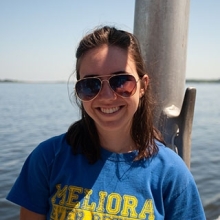Eight students will be presenting the summer work at the Ocean Sciences Meeting in March 2022!
Students Research Presentations: The importance of coral growth environment for coral strontium/calcium-based ocean temperature reconstructions
Year:
2016Authors:
Kohn, J.* and H. KilbourneSource:
Ocean Sciences Meeting, New Orleans, Louisiana
Abstract:
Coral Sr/Ca is often used to reconstruct past ocean temperatures, extending our knowledge of climate variability beyond the limited scope of instrumental records. Two Medieval corals that grew in different reef settings on the island of Anegada, British Virgin Islands and were washed ashore in the same overwash event were used to test whether Sr/Ca-based temperature records can be replicated between corals that grew in different reef zones. One specimen was found in a salt pond, inland from a wide, shallow lagoon, while the other was found inland from a high-energy barrier reef with a deeper, narrow lagoon well flushed with open ocean water. Each core was dated by Uranium-series isotopic composition measured by a Thermo Electron Neptune MC-ICPMS, at National Taiwan University. Coral Sr/Ca was measured from coeval sections of each core using ICP-OES and the resulting 37 years of temporally overlapping geochemistry data were compared. The data from both corals differed in mean Sr/Ca, 9.35 ± 0.08 and 9.20±0.064; however, the amplitude of the seasonal cycles of Sr/Ca in the corals were nearly identical, averaging 0.14 ± .05 and 0.11 ± 0.04. High levels of interannual variability in the coral that grew under shallow-water conditions contributed to low correlation between the two Sr/Ca records (r = 0.1163, p = 0.4929, N*=37). Diagenesis was considered but ruled-out as an explanation for the differences between the two records based on a lack of secondary cements and only minor evidence of dissolution found in thinsection. Data from this study suggest seasonal patterns of SST are the most robust feature found so far in the Sr/Ca-based SST records from these two corals, and highlight the need for careful examination of likely growth environments when choosing specimens for paleoclimate analysis. Further work is ongoing to confirm the reliability of the coral Sr/Ca record from the well-mixed site with coeval specimens that grew similarly flushed with open ocean waters.


